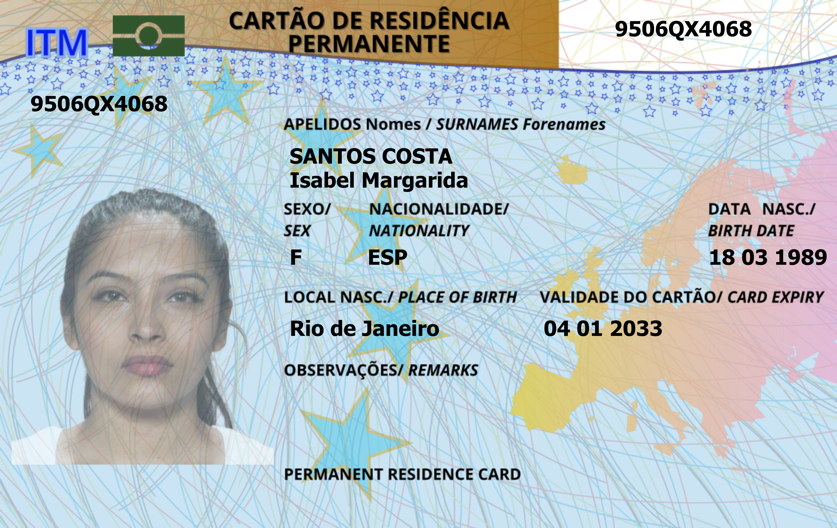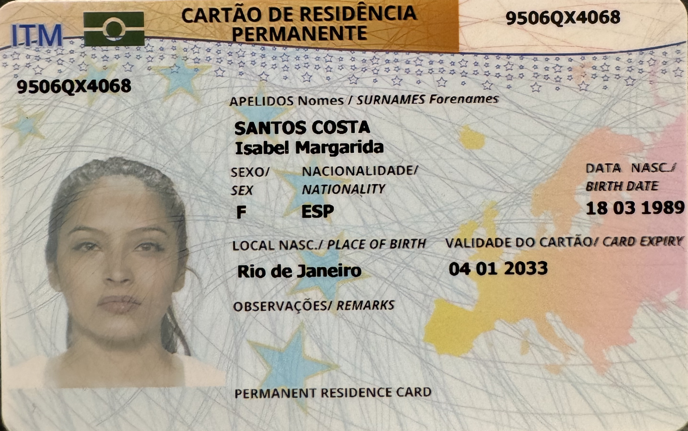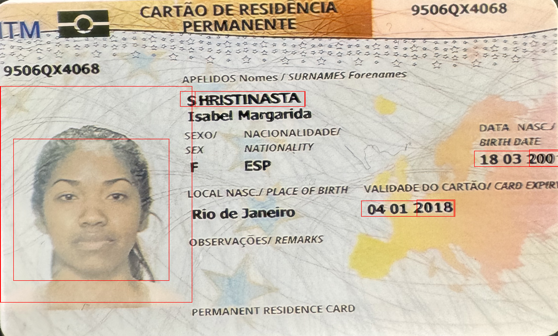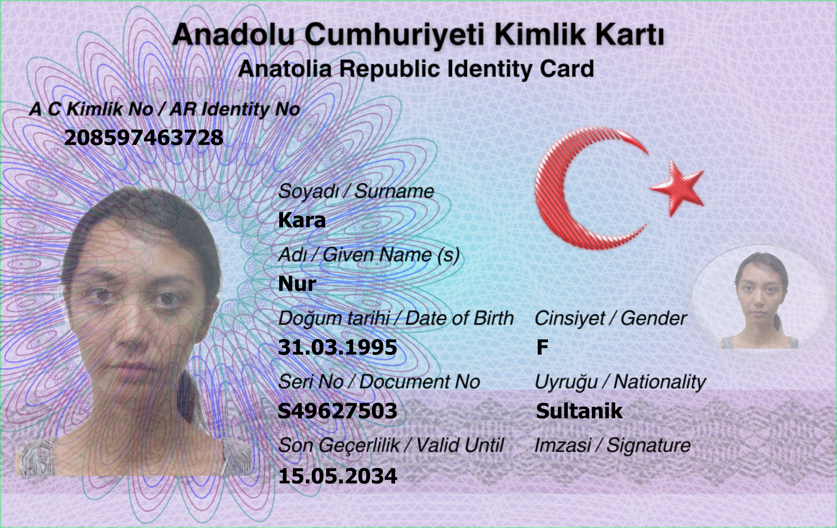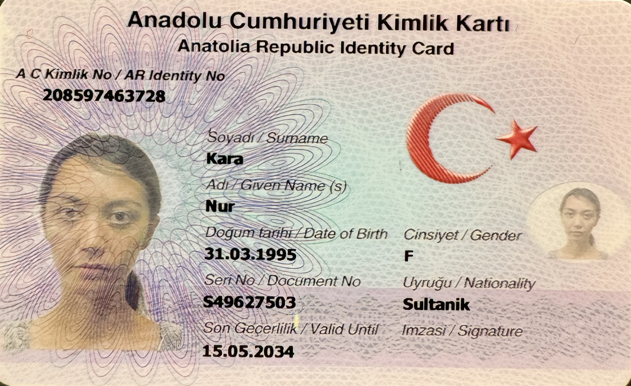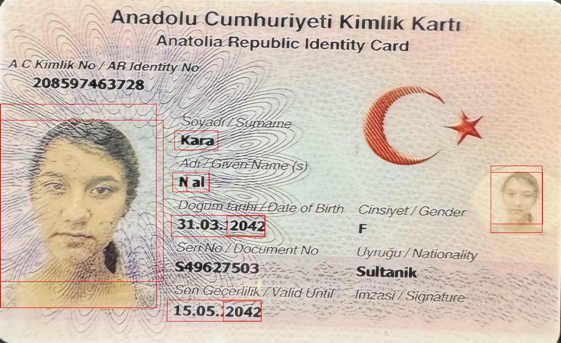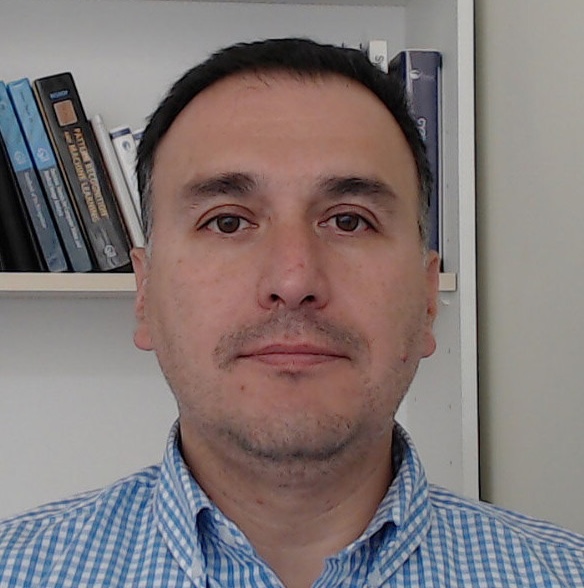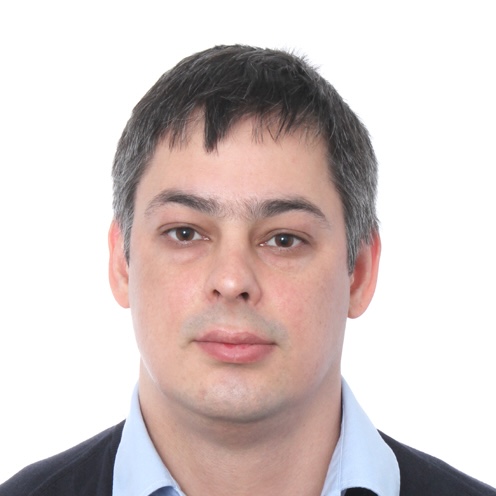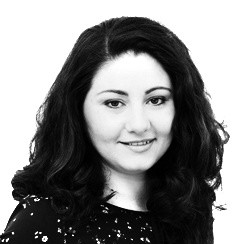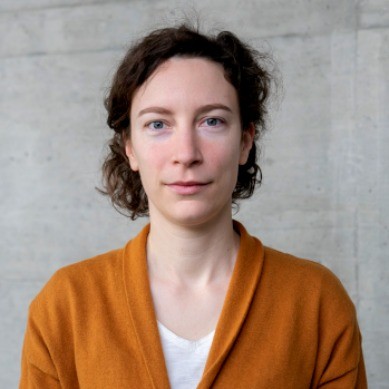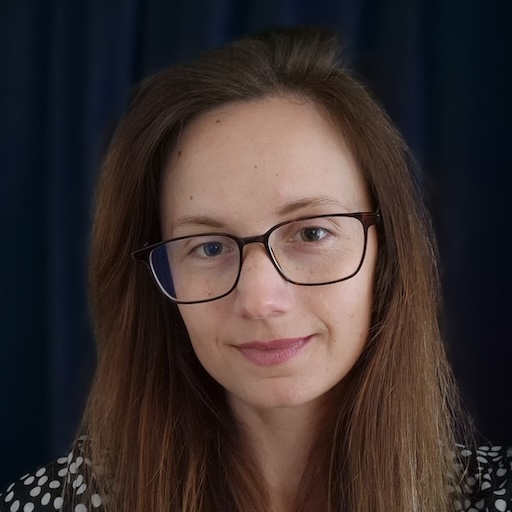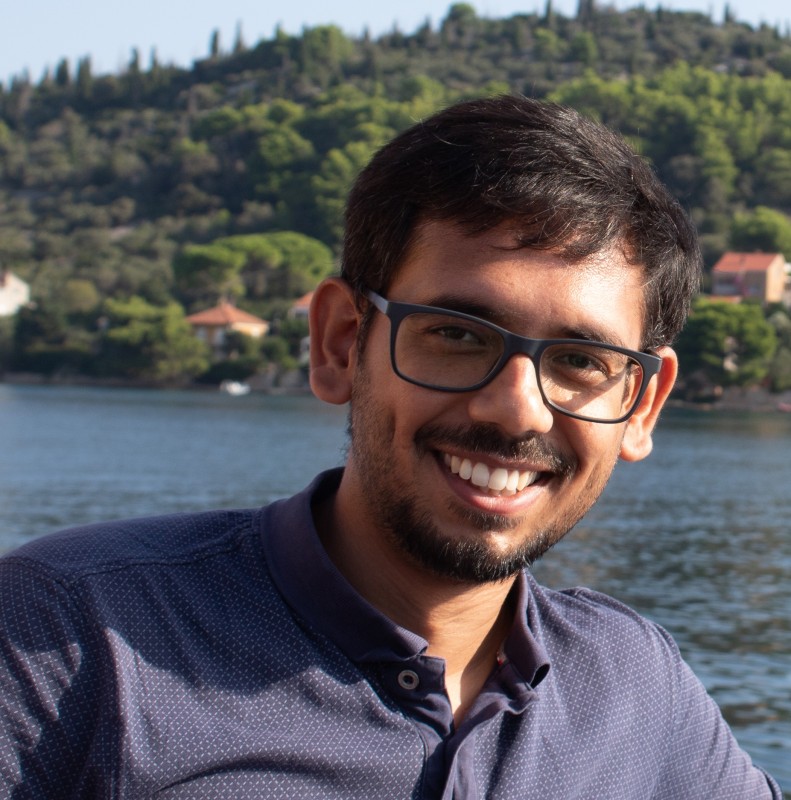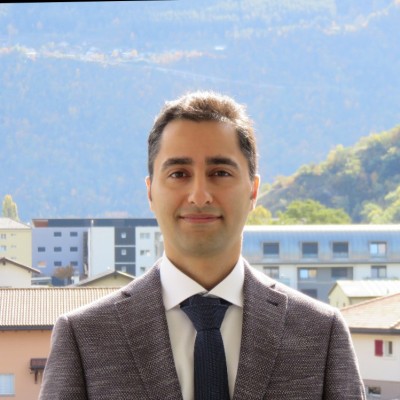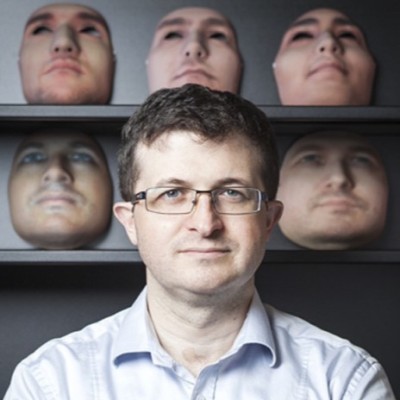Leaderboard
Evaluation results are posted for each track (detection and localization) separately.
The submissions are sorted by the aggregate F1 score (at the moment by 'F1 on fantasy'). The 'baseline' team in the tables
is the baseline TruFor model we provide in baseline docker code.
If your submission is not listed, it means we could not process the docker, so
we could not read it (please submit the tarball in .tgz format, not zip), it was invalid, or it did not adhere to the API.
Please use our baseline docker code for preparing the submission
and adhere to the suggested convention for naming the docker files < team_name >_< track_name >_< algorithm_name >_< version >.tgz, because we rely on the names to extract team, algorithm, and versions.
Best per team (detection track) (updated on July 15, 2025 at 11:23:43 Swiss time)
This is the final ranking.
| |
Team |
Algorithm |
Version |
Runtime-fantasy |
F1 on fantasy |
Runtime-private |
F1 on private |
Aggregate F1 |
| 1 |
Sunlight |
unetc |
v9 |
0:26:08 |
0.9906416660367655 |
1:50:57 |
0.7191297839379392 |
0.800583 |
| 2 |
Incode |
IccvDeepID |
v023 |
0:45:35 |
0.8679166343284155 |
4:10:16 |
0.7533954606111526 |
0.787752 |
| 3 |
AG |
edgedoc |
v15 |
0:56:39 |
0.9580710412020603 |
1:27:56 |
0.7108249627328226 |
0.784999 |
| 4 |
UAM-Biometrics |
trufor |
v1.1 |
0:51:19 |
0.7116720789267821 |
1:18:41 |
0.7882604496971795 |
0.765284 |
| 5 |
hardik |
tuned |
v1 |
0:59:31 |
0.8388464501314228 |
1:28:16 |
0.6580754423848288 |
0.712307 |
| 6 |
Reagvis |
tuned_vlm |
v1 |
1:09:15 |
0.8158094677480847 |
2:12:05 |
0.663301034569992 |
0.709054 |
| 7 |
baseline |
trufor |
v0.1 |
0:44:46 |
0.8067118967592016 |
1:09:49 |
0.662222601003402 |
0.705569 |
| 8 |
LatentVibesOnly |
trufor |
v0.0 |
0:52:48 |
0.8067118967592016 |
1:26:10 |
0.662222601003402 |
0.705569 |
| 9 |
Deepakto |
baseline |
v0.1 |
0:47:44 |
0.8067118967592016 |
1:09:59 |
0.662222601003402 |
0.705569 |
| 10 |
VISION |
trufor |
v1 |
1:02:18 |
0.570987139473393 |
1:30:46 |
0.7506756800369373 |
0.696769 |
| 11 |
UNJ |
clip |
v6 |
0:02:25 |
0.6882444934886508 |
0:23:26 |
0.6553133084277257 |
0.665193 |
| 12 |
Asmodeus |
trufor |
v1.1 |
0:46:24 |
0.6882444934886508 |
1:11:21 |
0.6553133084277257 |
0.665193 |
| 13 |
KU-Forgeye |
forgerydetection |
v7 |
0:07:11 |
0.6038971637387054 |
1:00:18 |
0.6710191125688072 |
0.650883 |
| 14 |
SuperIdolSmile |
unet |
v0.2 |
0:12:04 |
0.8975010342736072 |
0:52:34 |
0.5386412954031168 |
0.646299 |
| 15 |
UVersumAI |
ensembled |
v4 |
0:02:56 |
0.537161310967704 |
0:22:38 |
0.656495936014569 |
0.620696 |
| 16 |
LJ |
resnet |
v2 |
0:09:33 |
0.500008301989212 |
2:08:23 |
0.6581210504898414 |
0.610687 |
| 17 |
DUCS |
ensemble |
v2 |
0:02:18 |
0.4576437408874124 |
0:22:51 |
0.6751082341269501 |
0.609869 |
| 18 |
ens-epfl |
peunet |
v2.25 |
0:22:38 |
0.32179688651450933 |
0:41:36 |
0.7147045144271646 |
0.596832 |
| 19 |
VCL-ITI |
swinface |
v1 |
0:16:09 |
0.31769049627017437 |
3:10:27 |
0.7010807403250812 |
0.586064 |
| 20 |
Aphi |
dpadb |
v2 |
0:03:32 |
0.2989340686324383 |
0:40:29 |
0.706648362562519 |
0.584334 |
| 21 |
IDNT |
docauth |
v0.11 |
0:05:49 |
0.37037163127979356 |
0:44:12 |
0.6553114962632904 |
0.569830 |
| 22 |
e0nia |
mmfusion |
v0 |
0:02:35 |
0.410882392561378 |
0:21:49 |
0.6157795362699562 |
0.554310 |
| 23 |
VisGen |
scu-net |
v1 |
0:05:42 |
0.48938910752959736 |
0:06:12 |
0.5506675117272216 |
0.532284 |
| 24 |
idvc |
st_bf_comp_no_sc |
v1.1 |
0:12:00 |
0.5632905869632292 |
0:45:39 |
0.5171312556765423 |
0.530979 |
| 25 |
Fake-Hunters |
bionet |
v3 |
0:01:48 |
0.32187103766106395 |
0:15:17 |
0.21610810639615832 |
0.247837 |
Full table with all detection results
Best per team (localization track) (updated on July 15, 2025 at 11:23:39 Swiss time)
This is the final ranking.
| |
Team |
Algorithm |
Version |
Runtime-fantasy |
F1 on fantasy |
Runtime-private |
F1 on private |
Aggregate F1 |
| 1 |
Sunlight |
unetc |
v7 |
0:24:31 |
0.78391260410437 |
1:51:43 |
0.7162494760503502 |
0.736548 |
| 2 |
UAM-Biometrics |
trufor |
v1.1 |
0:51:19 |
0.6204511200997092 |
1:18:41 |
0.7569658860449113 |
0.716011 |
| 3 |
VISION |
trufor |
v1 |
1:02:18 |
0.6117324838968435 |
1:30:46 |
0.7378285553501286 |
0.700000 |
| 4 |
AG |
trudoc |
v5 |
8:30:49 |
0.6862783664612659 |
11:34:53 |
0.6618887933602785 |
0.669206 |
| 5 |
baseline |
trufor |
v0.1 |
0:44:46 |
0.5898009453750437 |
1:09:49 |
0.6274328723240761 |
0.616143 |
| 6 |
Reagvis |
trufor |
v2 |
0:58:16 |
0.5898009453750437 |
1:22:18 |
0.6274328723240761 |
0.616143 |
| 7 |
LatentVibesOnly |
trufor |
v0.0 |
0:52:48 |
0.5898009453750437 |
1:26:10 |
0.6274328723240761 |
0.616143 |
| 8 |
hardik |
tuned |
v1 |
0:59:31 |
0.5898009453750437 |
1:28:16 |
0.6274328723240761 |
0.616143 |
| 9 |
Deepakto |
baseline |
v0.1 |
0:47:44 |
0.5898009453750437 |
1:09:59 |
0.6274328723240761 |
0.616143 |
| 10 |
ens-epfl |
peunet |
v2.25 |
0:22:38 |
0.5634039904480761 |
0:41:36 |
0.6195108908471354 |
0.602679 |
| 11 |
Fake-Hunters |
bionet |
v2 |
0:04:26 |
0.5493777434348279 |
0:28:35 |
0.5896946730916813 |
0.577600 |
| 12 |
SuperIdolSmile |
unet |
v0.1 |
0:12:17 |
0.5635784925443205 |
0:52:13 |
0.5693047971614335 |
0.567587 |
| 13 |
IDNT |
docauth |
v0.12 |
0:06:16 |
0.5339141142472696 |
0:53:13 |
0.5504448403227907 |
0.545486 |
| 14 |
KU-Forgeye |
forgerydetection |
v5 |
0:06:04 |
0.5202362995180636 |
0:45:41 |
0.5381362843556258 |
0.532766 |
| 15 |
IDCH |
trufor_augmented |
v0.1 |
0:06:39 |
0.2629827806996036 |
0:47:18 |
0.1714349184560774 |
0.198899 |
| 16 |
VisGen |
scu-net |
v1 |
0:05:42 |
0.035723586318595124 |
0:06:12 |
0.16439219695195906 |
0.125792 |
Full table with all localization results
How we computed the tables
We ran all valid dockers on the dataset. At the moment, we have results for the test set of fantasy ID cards, which has 1385 cards.
Algorithm name and version columns are parsed from the file names of your submissions. Runtime-db_name column shows how long it took
for the docker to finish. Note that if it ran longer than 2 hours on Fantasy dataset (1385 samples),
it means the docker was not using a GPU, even though it was running on the machine with one.
We may stop running the dockers if they do not use a GPU, because private dataset is 20K images and it will take too long in that case.
F1 detection score is computed on one dataset from the predicted scores of each image by
using f1-score function from scikit-learn like this:
f1_score(labels, pred_labels, average='weighted'). It means the f1-score is weighted per class (bonafide and attack), which is a better way to compute
f1-score when the data is unbalanced (our case). We used the decision threshold of 0.5 for computing the predicted label, assuming
1 is a bonafide and 0 is an attack.
F1 localization score is computed for each image independently as following:
if sample.is_bonafide:
# Fully bonafide image: the whole image is 1 (no altered regions),
# bonafide pixels are positives, zeros are negatives
# We want high F1 if the model predicted mostly 1s (bonafide)
tp = np.sum(mask == 1) # all pixels should be 1s in the mask
fn = np.sum(mask == 0) # any zeros are falsely detected as a negative class
tn = 0
fp = 0
else:
tn = np.sum(mask * gt_mask)
tp = np.sum((~mask) * (~gt_mask))
fp = np.sum((~mask) * gt_mask)
fn = np.sum(mask * (~gt_mask))
precision = tp / (tp + fp + 1e-8)
recall = tp / (tp + fn + 1e-8)
f1 = 2 * precision * recall / (precision + recall + 1e-8)
The final f1-score is a mean of two f1-score means computed for each bonafide and attack classes
(mean(bonafide_f1_scores) + mean(attack_f1_scores)) / 2,
so that the class with larger number of samples would not dominate the final f1-score.
Aggregate F1 is computed from two f1-scores on fantasy ID cards test set and
on Private set of real documents as weighted average:
f1_fantasy*0.3 + f1_private*0.7.
This approach puts more importance on the results from Private set.
